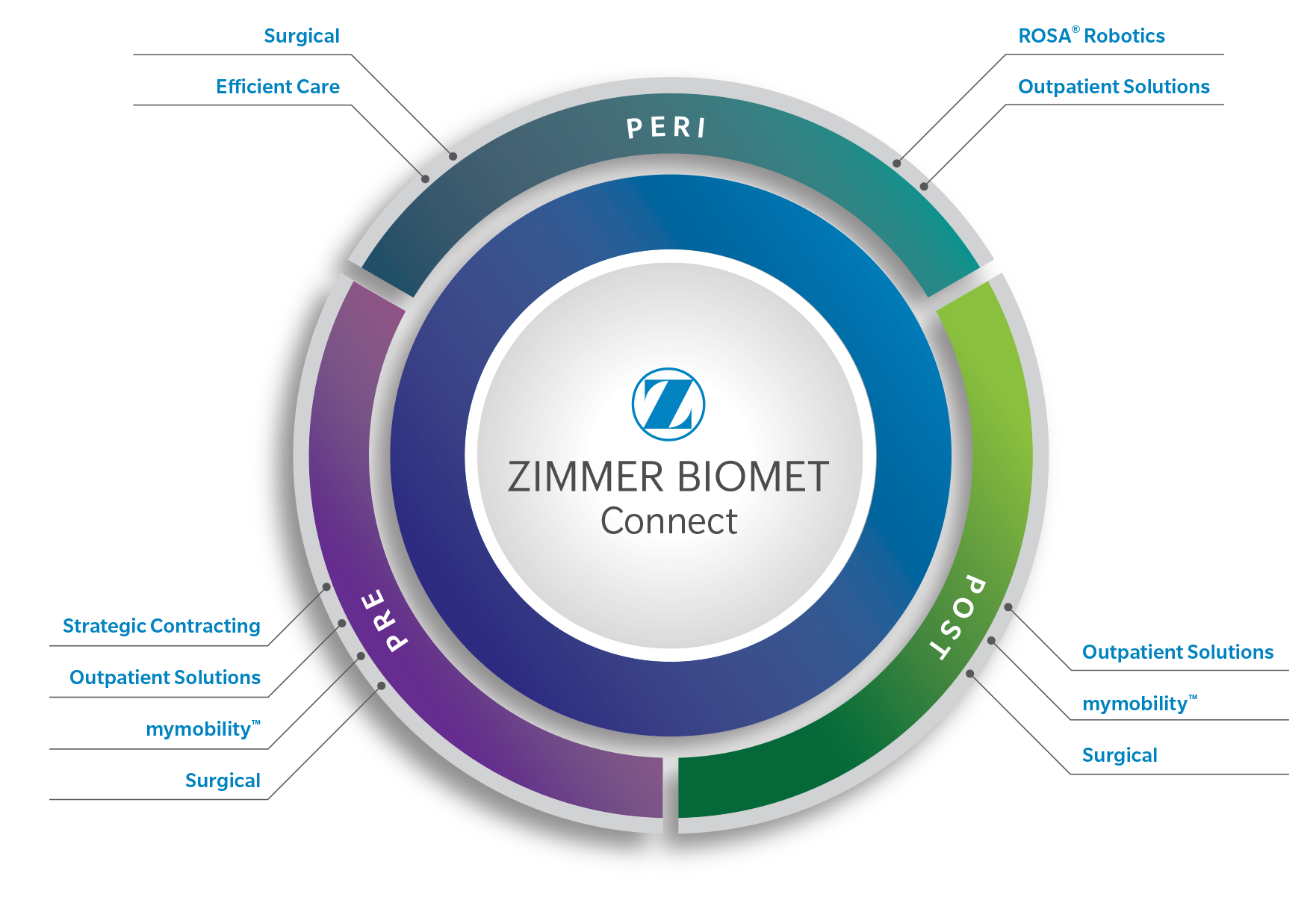- MIS Design aiming to reduce Soft Tissue Interruption
- Designed to Meet the Stress Requirements of the Trabecular Anatomy of the Calcaneus
- Anatomic Shape should allow Screw Trajectories to Correspond to the Complicated Anatomy of the Calcaneus
- Anatomic Screw Trajectories aims to Maximize Screw Position and Limit Intra-articular and Neurovascular Compromise
The A.L.P.S. Minimally Invasive & Mesh Calcaneus Plating
System offers two unique anatomically contoured plate designs that
address a variety of calcaneus fractures. The MIS plates are
specifically designed for a small incision using a sinus tarsi
approach. The mesh plates combine an MIS plate design with a locking
calcaneus plate design that address comminuted fractures that require
plate strength and the ability to insert screws around the perimeter
of the plate.
The MIS plate is designed to meet the needs of a variety of calcaneus fractures. Small and large standard plates are designed for intra-articular fractures of the calcaneus, whereas the small extended 2-hole, large extended 2-hole, and large extended 3-hole plates are designed for more comminuted fractures that require posterior fixation.
The Mesh plates provide an enlarged surface over the MIS plates to accommodate lateral wall comminution. The Mesh plate is a hybrid of the MIS plate and the A.L.P.S® Locking Calcaneus Plate design with additional F.A.S.T. Tabs superiorly placed and anterior F.A.S.T. Tabs that span the calcaneocuboid joint for fractures with anterior process comminution. These F.A.S.T. Tabs can be contoured as needed to fit the calcaneus anatomy and allow the surgeon to place screws into the cuboid, thus spanning the comminuted anterior process of the calcaneus.




